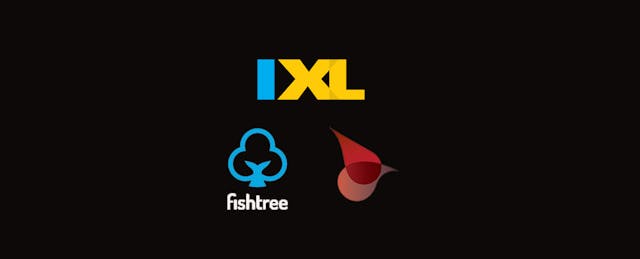Personalized learning is a way to engage learners in a customized set of resources, tasks, and environments in order to meet their learning needs and goals. In many schools, there are certain classrooms or teams with pockets of success, yet successful school-wide adoption of a personalized learning model is elusive. Often, in order to have success, a personalized learning platform is required.
But merely deciding to purchase an edtech tool is not the key to personalized learning success.
I spoke to edtech leaders from three personalized learning companies and asked them—based on their experiences with hundreds of thousands of teachers who have millions of students—what are the key conditions present in schools that have success with institution-wide implementation of personalized learning?
Key Condition #1: Ongoing Communication Between Edtech Providers, Administrators, and Teachers
Terry Nealon is CEO of Fishtree, and he points out that no existing platform is one-size-fits-all solution.
First, school leaders should make sure that any platform they choose to adopt passes the ease-of-use test for teachers. “If a platform is not intuitive and users struggle to understand how to apply their unique needs into the technology on a day-to-day basis, it is a loss for both sides,” he says.
The schools that have the most success have also put in place a consistent feedback loop so that all stakeholders are able to share their needs and respond to one another: “The secret to the successful implementation is an open, engaging, and ongoing partnership between technology providers, administrators, and most importantly the teachers within a school or district.” This way, administrators and edtech providers can respond quickly to any changing teacher and student needs.
Nealon points out that the end goal of any personalized learning program should be to make teaching less complicated while helping every student have an engaging tailored experience. Only consistent communication between all parties will allow this to happen.
Key Condition #2: Culture of Learning Across All Levels
Jason T. Green is Executive Director of School Programs at Redbird Advanced Learning, and while he has seen many schools start strong, he’s noticed that they tend to struggle with sustained implementation. Green says, “Real transformation typically requires two to three years.” He emphasizes that there are three elements that must be in place for personalized learning to really take hold:
- a collective vision,
- an engaged leader that models authentically as the lead learner, and
- buy-in from teachers and other key stakeholders.
Green advises school leaders to practice what they preach. Challenges are inevitable, and school leaders have to model the ability to recognize those challenges, admit when things go wrong, respond quickly, and keep the vision as the focus. “If a culture of learning where the willingness to take risks, fail fast, and keep moving is in place, a successful implementation of personalized learning is possible,” Green says.
Key Condition #3: Data Analysis, At Least Once a Week
Jennifer Gu, COO at IXL Learning, says that school leaders have to make data analysis a part of the school routines, and build it into teachers’ weekly schedules. “Taking the time, even just once a week, to examine where students are struggling or where there are knowledge gaps, can help teachers strategically plan for review, reteaching, or remediation.”
And it isn’t just about looking at the numbers. Teachers need to build relationships with students that allow them to implement the necessary interventions successfully. For example, in a recent conversation with her client who is an 8th grade teacher, Gu heard about a great example of this practice in action.
“She knew one of her students was struggling, but couldn’t figure out why. She consulted the student’s practice data in IXL Analytics and was able to see that the student could multiply and divide integers, but couldn’t add or subtract them,” Gu shares, adding, “With that insight, she was able to plan out a targeted intervention.”
Educators and edtech executives can agree that technology tools can help accelerate progress, but without the skills and buy-in of the people involved, progress toward personalized learning will fizzle out. The commonality between all three pieces of advice is open communication. First, there must be communication between educators and edtech entrepreneurs to ensure the product is meeting everyone’s needs. Second, there must be communication among and between all educators in a school. A healthy dose of humility is required here, since admitting mistakes will help personalized learning implementation progress more quickly. Finally, educators should look at learning data and communicate their findings to students and parents regularly so that every child can see their own personalized learning path clearly.


